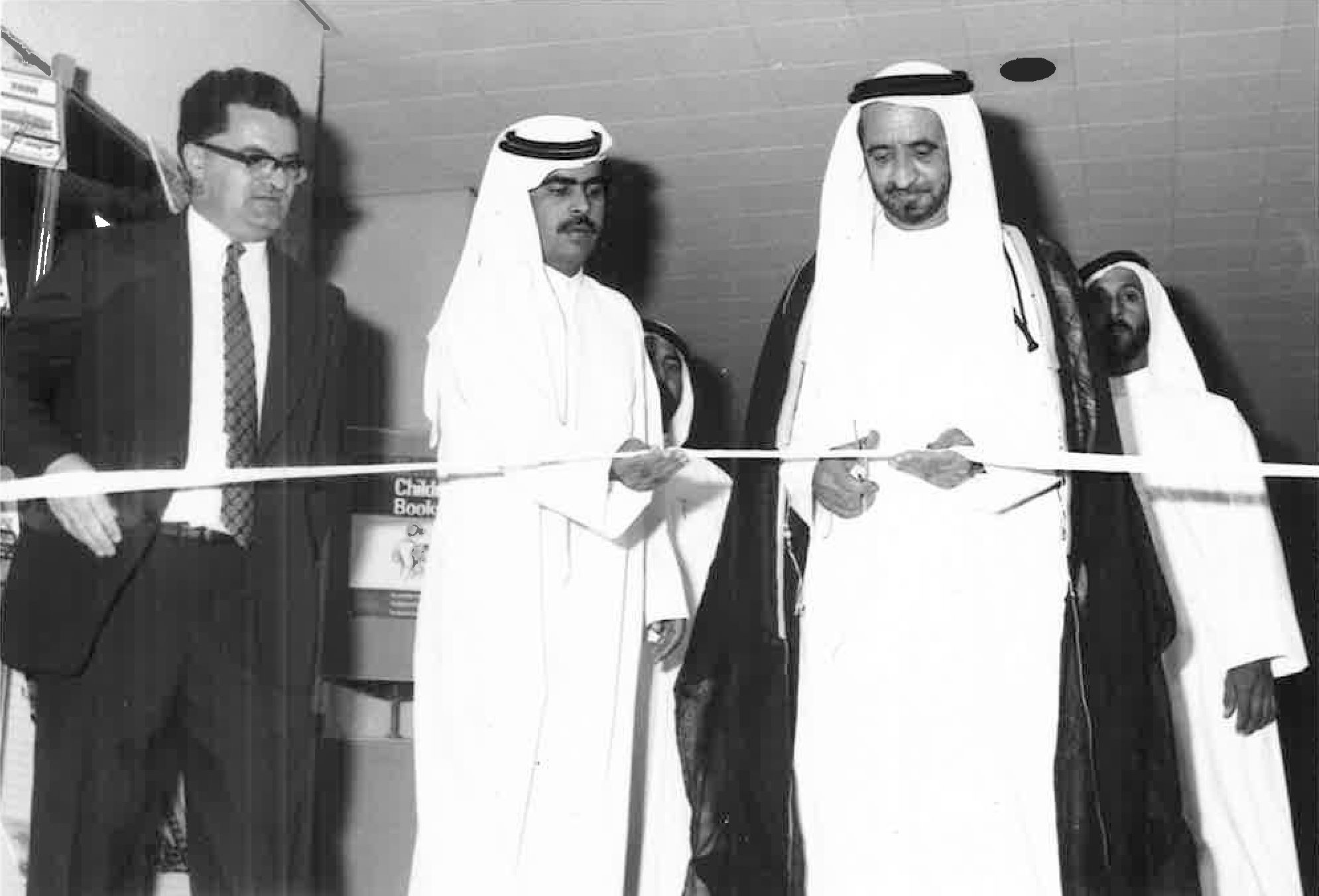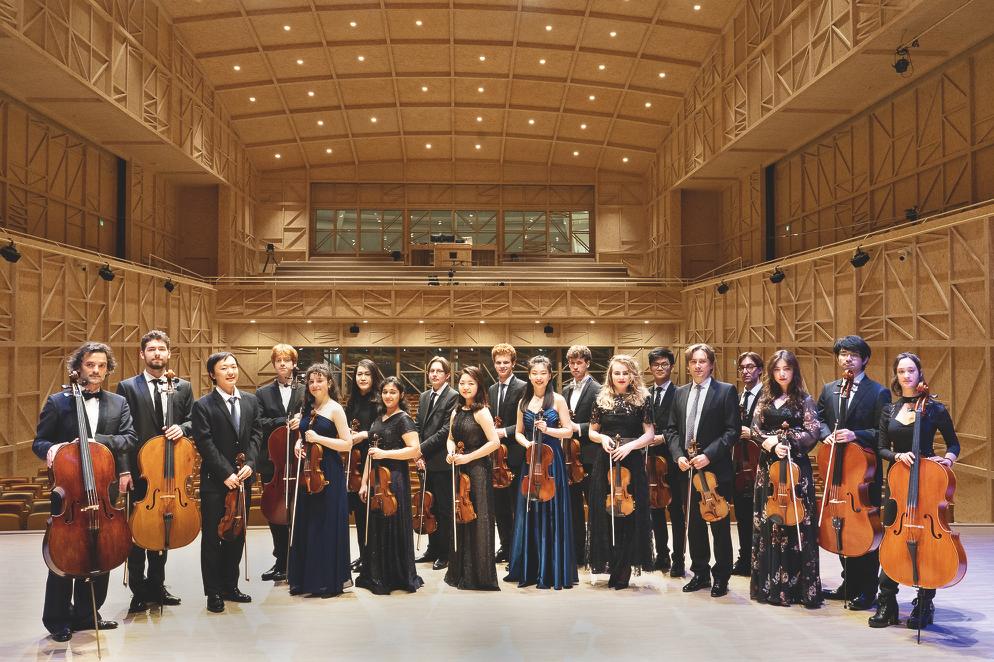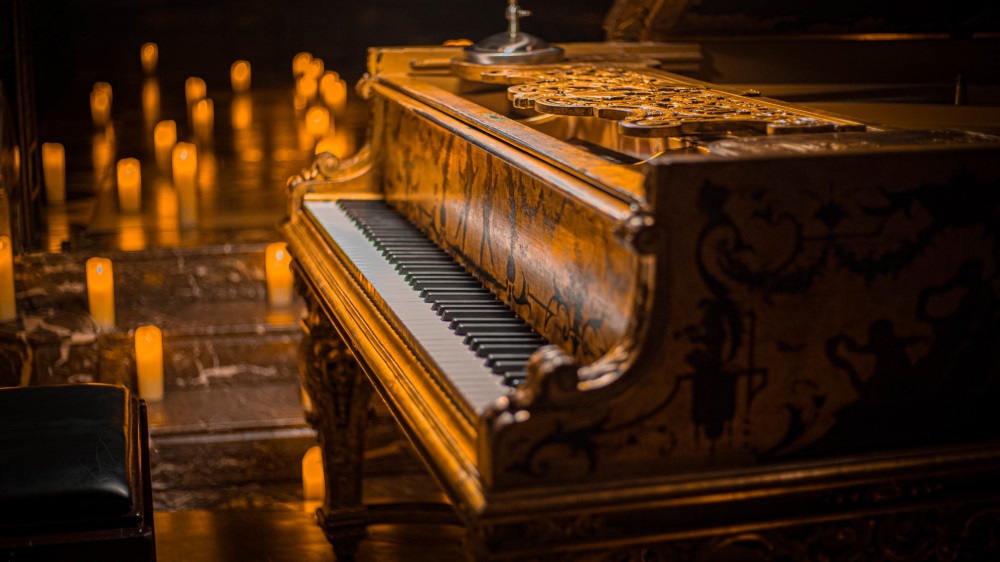At its heart lies a quieter revolution: the rise of a creative economy reshaping identity, wealth, and human potential. Egor Sharay, the acclaimed journalist, cultural analyst and influencer behind ‘Dubai: The Art of Wealth’ book, has spent 16 years decoding this phenomenon. His book – a tapestry of interviews with artists, architects, and visionaries – reveals how the UAE harnessed metaphor, migration, and metaphor to forge a new Renaissance.
In this interview, Sharay reflects on the delicate alchemy transforming oil wealth into cultural capital, the paradox of tradition in a futurist oasis, and why human creativity remains the ultimate luxury in the digital age.

Your book frames Dubai’s evolution as a “21st-century Renaissance.” What parallels do you see between Florence’s quattrocento and today’s Emirates?
Egor Sharay: The Renaissance was less an era than a mindset – a conviction that human ingenuity could redraw the boundaries of the possible. Dubai mirrors this in its audacity. Consider the Medicis’ patronage: they invested in artists as architects of identity. Similarly, the UAE’s leadership didn’t merely build museums; they engineered ecosystems. The Golden Visa, inviting global creatives to stay, echoes Lorenzo de’ Medici’s embrace of polymaths. But here, ambition scales exponentially. Where Florence had Brunelleschi’s dome, Dubai has the Museum of the Future – a structure that is its own manifesto. Both moments share a belief: culture isn’t decorative; it’s the bedrock of sovereignty.
You describe Dubai’s art market as a “supply-and-demand marvel.” How does luxury coexist with artistic authenticity here?
Egor Sharay: Superficially, it echoes the Gilded Age – oligarchs bidding on blue-chip auctions at DIFC galleries. Yet delve deeper: the Dubai Collection subverts traditional patronage. By curating private collections into a public virtual museum, it democratizes access while respecting ownership. This isn’t philanthropy; it’s strategic curation. Luxury here isn’t just gilded frames; it’s space. From Alserkal Avenue’s repurposed warehouses to d3’s design studios, the city allocates territory for experimentation. The result? A Bedouin-inspired mural by a Spanish street artist (Rubén Sánchez) becomes cultural currency. Authenticity thrives when commerce and curation dance.

In an age of digital nomadism, why must creatives physically gather in hubs like Alserkal Avenue?
Egor Sharay: Technology promises omnipresence, yet creativity craves collision. Zoom cannot replicate the alchemy of a chance encounter at Courtyard’s coffee shop, where a Ghanaian vinyl archivist inspires an Emirati sculptor. Digital platforms distribute art; physical spaces incubate it. Dubai understands that community is the ultimate infrastructure. The Golden Visa’s genius isn’t just attracting talent; it fosters micro-communities – painters debating contemporary motifs, gaming studios prototyping metaverse narratives. These synapses of ideas generate what NFTs cannot: shared cultural DNA.
Dubai’s population is 90% expatriate. Can a “cultural identity” emerge from such transience?
Egor Sharay: Identity isn’t monolithic; it’s a mosaic. The UAE’s power lies in reframing diversity as cohesion. Consider Sheikha Latifa’s insight: “People here don’t integrate; they coexist, celebrated for their distinctiveness.” National Day parades feature Filipino dancers alongside Emirati ayyala troupes. The Louvre Abu Dhabi’s dome filters desert light onto global artifacts, whispering that belonging needn’t require assimilation. Yet the anchor is local – pearl divers immortalized in mall waterfalls, calligraphy reimagined by Ahmed Moustafa.

With AI reshaping creativity, what becomes of the artist’s role in Dubai’s next 50 years?
Egor Sharay: AI excels at iteration; humans own aspiration. Dubai’s future hinges on elevating artists from creators to meaning-makers. At the Museum of the Future, visitors don’t passively observe AI – they dialogue with it, asking: “What does harmony look like in 2071?” This mirrors the Renaissance shift from craft to concept. The Firdaus Orchestra – women of 20 nationalities – exemplifies this. Technology will generate symphonies, but only humans can compose an anthem for interplanetary coexistence. Dubai’s task? To be the curator of consciousness in the algorithmic age.
Epilogue: The Currency of Dreams
Sharay’s vision transcends economics. In Dubai, he argues, the “art of wealth” isn’t accumulation – it’s translation: oil dollars into opera houses, migrant dreams into murals, algorithms into awe. As the city prepares to host ICOM 2025, its ultimate masterpiece emerges: a society where luxury is measured not in gold, but in the space to imagine. “The Renaissance,” Sharay muses, “was a beginning. Here, it’s a perpetual becoming.”
The book can be downloaded in English on Amazon and in Russian language on Litres.



